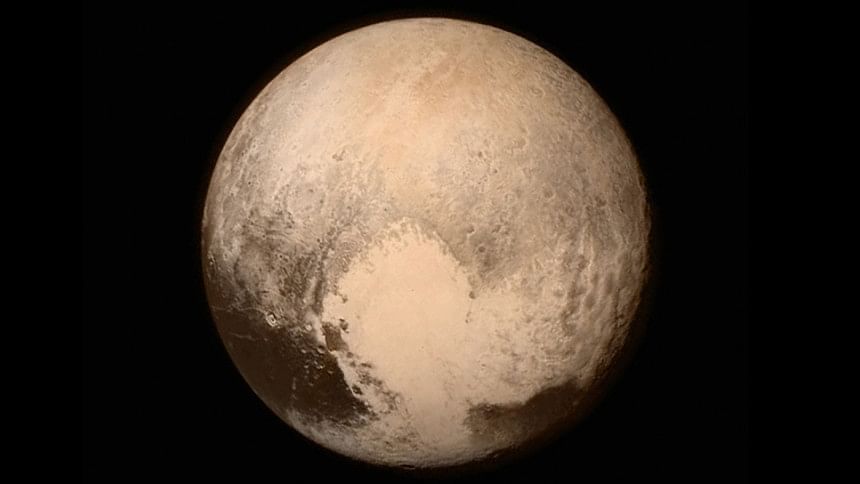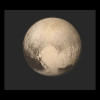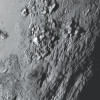Video of flying over Pluto is absolutely amazing
People were treated to beautiful photos of Pluto's surface when Nasa flew a spacecraft by Pluto for the first time in history last month on July 14, but unfortunately, there was no video of the dwarf planet's flyby -- until now!
To quench the thirst of the curious minds, Bjorn Jonsson, a software engineer interested in solar system exploration, just released on Vimeo a breathtaking video of the flyby, Business Insider reports.
Also READ: Pluto Up Close
The video gives audiences experience what it would have been like to ride on the unmanned spacecraft as it dipped to just 7,800 miles above Pluto's surface.
Also WATCH: Queen guitarist helps Pluto team examine data (video)
Jonsson made this video by compiling the many photos that New Horizons took as it approached and eventually passed Pluto, according to the report. NASA's spacecraft is the fastest ever made, so when it flew by Pluto it was travelling at speeds of over 20,000 miles per hour.
Jonsson's video compresses the two hours it took New Horizons to approach, fly over, and pass Pluto into just 16 seconds, says Business Insider. Jonsson has some other amazing videos of Pluto on his Vimeo homepage that you should definitely check out.
New Horizons began preparing for its epic encounter back in January, but it was only until the day of the encounter that we got to see Pluto in stunning detail.
READ more: Pluto has huge icy mountains: Nasa
One of the images Jonsson uses is this one below, which New Horizons took minutes before its closest approach from 476,000 miles away.

One of the most surprising finds was how thick its atmosphere was, which scientists learned only after the spacecraft passed Pluto.
After flying over Pluto's surface, New Horizons turned around and pointed its camera at Pluto as the dwarf planet eclipsed the sun. What it saw — shown in the image below — was proof that the spacecraft completed its historical flyby, and evidence that a thick atmosphere surrounded Pluto.
Scientists are still trying to understand where this atmosphere came from, what it's made of, and how it's affecting the surface on Pluto. New Horizons still has the majority of its data on board, but will be transmitting the information to Earth over the next 16 months, so stay tuned as we learn more and uncover new mysteries about Pluto.

 For all latest news, follow The Daily Star's Google News channel.
For all latest news, follow The Daily Star's Google News channel. 






Comments